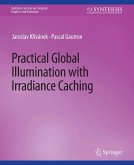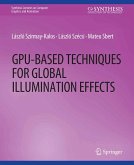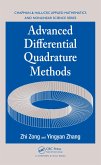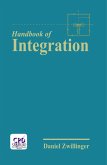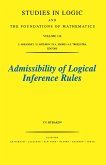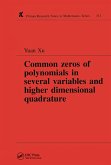Rendering photorealistic images is a costly process which can take up to several days in the case of high quality images. In most cases, the task of sampling the incident radiance function to evaluate the illumination integral is responsible for an important share of the computation time. Therefore, to reach acceptable rendering times, the illumination integral must be evaluated using a limited set of samples. Such a restriction raises the question of how to obtain the most accurate approximation possible with such a limited set of samples. One must thus ensure that sampling produces the highest amount of information possible by carefully placing and weighting the limited set of samples. Furthermore, the integral evaluation should take into account not only the information brought by sampling but also possible information available prior to sampling, such as the integrand smoothness. This idea of sparse information and the need to fully exploit the little information available is present throughout this book. The presented methods correspond to the state-of-the-art solutions in computer graphics, and take into account information which had so far been underexploited (or even neglected) by the previous approaches. The intended audiences are Ph.D. students and researchers in the field of realistic image synthesis or global illumination algorithms, or any person with a solid background in graphics and numerical techniques.
Dieser Download kann aus rechtlichen Gründen nur mit Rechnungsadresse in A, B, BG, CY, CZ, D, DK, EW, E, FIN, F, GR, HR, H, IRL, I, LT, L, LR, M, NL, PL, P, R, S, SLO, SK ausgeliefert werden.



